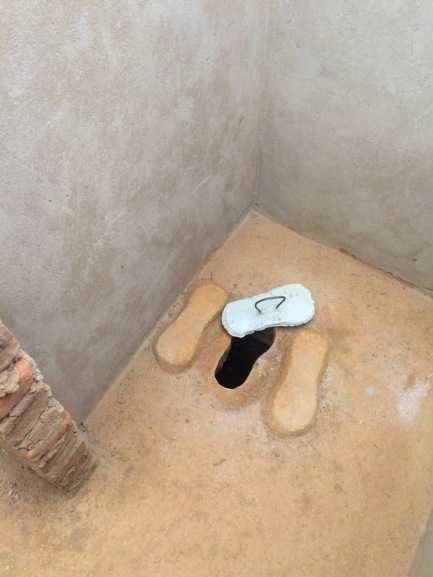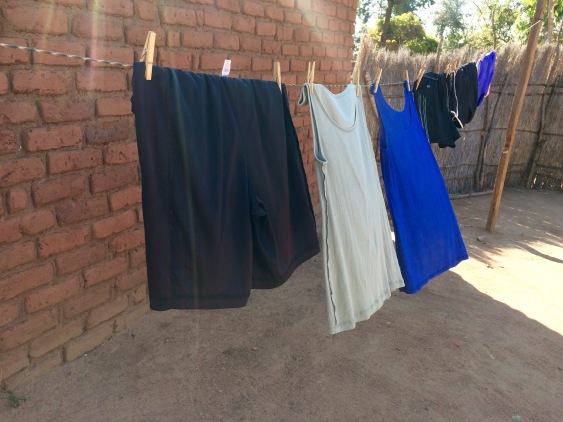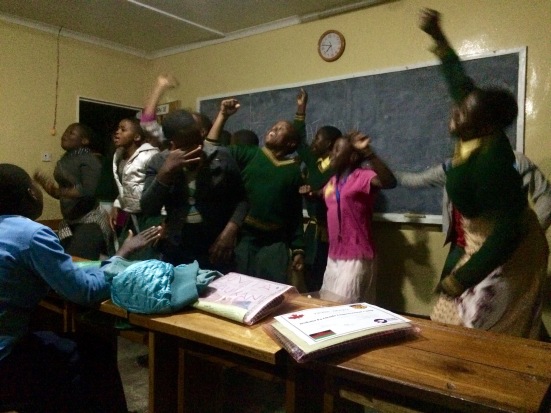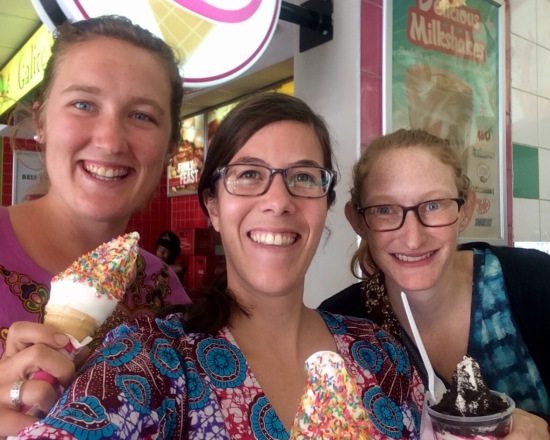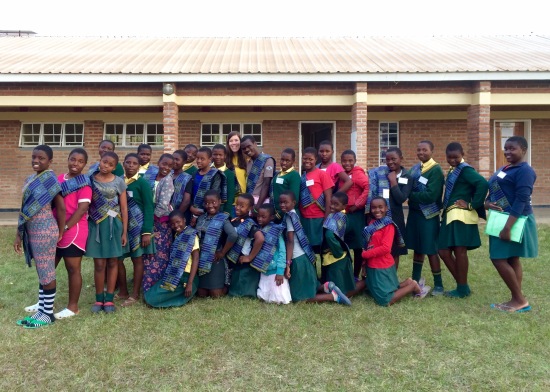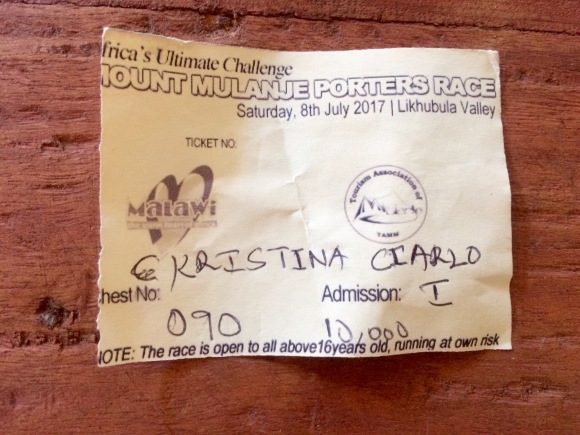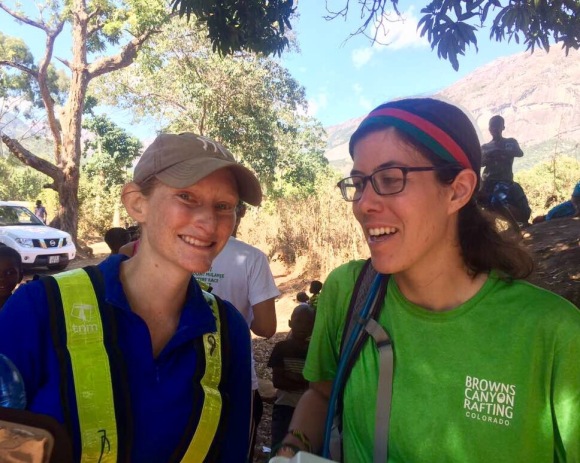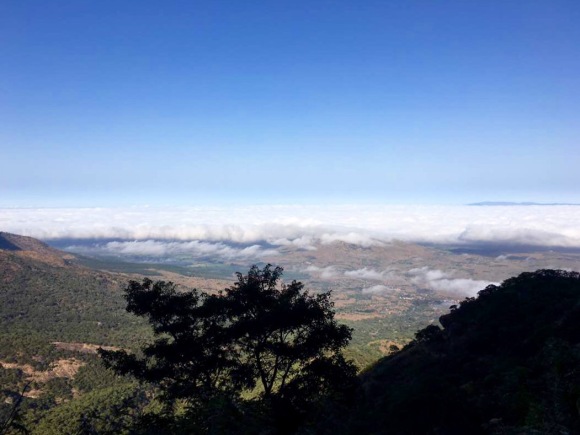This has taken me almost 2 months to write and I still don’t feel ready. I left for Malawi in March 2016, but my desire to join the Peace Corps began much earlier. It was an idea I pondered on and off since high school, and the timing finally felt right to apply years later, in April 2015. When I was accepted to serve as a Community Health Advisor in Malawi, I was elated, nervous, eager, anxious, but mostly, in utter disbelief that I was finally going to be fulfilling my dream. I knew there would be ups and downs, but I never imagined that my journey, my dream would end this way.
I am not going to write out a lengthy play-by-play of exactly what happened leading up to my departure from Malawi. It is a situation that can be difficult to understand from the outside looking in. There has been some harsh media coverage, full of judgment and cultural insensitivity. I do not want to add to these misunderstandings in any way. Two of my fellow volunteers, Amelia and Marc, wrote about what happened in an eloquent, uncritical light. The link to their blog post is here for those who want further information: https://ramblinmahans.wordpress.com/2017/11/07/homeward-bound/. As for me, I will just say that due to civil unrest in the Southern region of Malawi, I was removed from my site, as were many other volunteers. Since I would not be able to return to my village, I was granted “Interrupted Service” and consequently completed my time with the Peace Corps on November 3, 2017.
The departure from my village was unexpected. I was unable to say proper goodbyes to my community members. I left projects unfinished. We had just facilitated our first meeting of the Photo Voice Group, a project where kids can share their stories through photography. The students had so much fun practicing with the cameras and were looking forward to learning more. I had bed net care and repair sessions planned for the coming weeks. Members of a support group I work with had just asked me to help them with another cooking demo. I was excited to meet (and spoil) my neighbors’ new baby, due to arrive at the end of November, beginning of December. Moto, my cat, was getting bigger every day. I loved watching his personality grow and change, and was always entertained by his antics. But I had to leave it all in October… 6 months earlier than anticipated. One morning I woke up to news that we had to go. I packed quickly and had to leave in a hurry, not knowing when I would be back… not knowing that I would not be coming back. Two weeks later, I was on a plane to the United States, having “completed” my service, and feeling like I had been run over by 20 bulldozers.
I miss so much about my village. Now, sitting in the comforts of my mother’s home in Connecticut, I often find my mind wandering to thoughts of Malawi and the place I called home for 1.5 years. How are the students? Have they continued with the Photo Voice Project? Did Mrs. Maganga have the baby yet? What did they name her/him? Does the roof still leak in my bedroom when it rains hard? Is it going to be a good season for maize? Has there been enough rain for the crops, or maybe too much? What is Moto up to these days? Is he still as rambunctious as ever? How is my counterpart doing at nursing school? What about my other counterparts? What kind of health talks are they doing at the antenatal clinic? Have there been a lot of malaria cases this year? How is my favorite produce seller at the market?
I am sure that I will always feel somewhat unsettled because of how things ended. The lack of closure has been difficult, but I am focusing on all the fond memories of my time in Malawi. Communication is challenging, but I cannot just walk away from it all. That village is a part of me. Maybe I will make it back one day, but either way, it is important to me to keep those relationships going. They still sell international calling cards, right? :p I owe so much to my community, and all the people there who embraced me with open arms. They showed me love from day one, and helped me grow in ways I never imagined. Even though I did not get to see goodbye, I now realize that it would not have been goodbye… it would have been “see you later.”
I also have to thank everyone in the U.S. who supported me during this time abroad. Whether it be through letters, packages, donations to my projects, encouraging words, I am beyond grateful and appreciative. So I am signing off for now, but there will definitely be more adventures in the future and I cannot wait to share them with you!



















